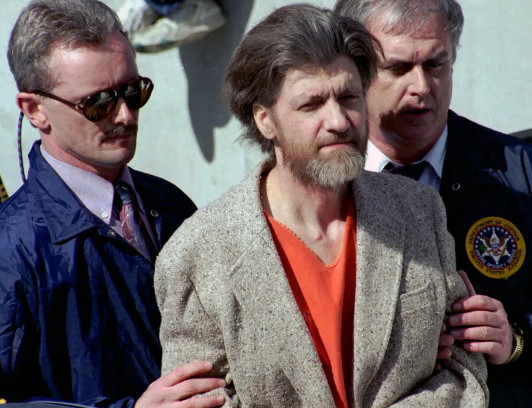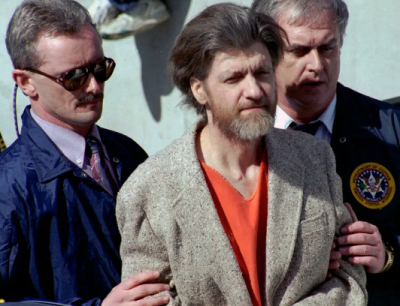Ted Kaczynski, known as the "Unabomber," the man who terrorized America for years, has died. A brilliant mathematics professor at Harvard University, he soon grew disillusioned with technological advancements and began crafting bombs that he sent to individuals and companies as a "lone wolf," leaving behind many victims along with cryptic messages and codes that were difficult to decipher, which he sent to the FBI after each crime. According to The New York Times, citing the Federal Bureau of Prisons, Kaczynski was found dead in a federal prison in North Carolina, with the cause of death still unknown, at the age of 81.
**Most Pursued**
American police described the chase that led to his arrest as the longest and most expensive in American history. A spokesman for the Federal Bureau of Prisons stated that Kaczynski was "found unresponsive in his cell in the early morning." Although the bureau did not specify a cause, three individuals familiar with the situation claimed he died by suicide.
**Child Prodigy**
Kaczynski progressed through American life from a lonely child prodigy to a star mathematician at Harvard University, to living as a hermit in an abandoned cabin without water or electricity, becoming a notorious killer, and eventually a incarcerated extremist. In the eyes of the public, he blended two forms of violence: the periodic targeting of a mad killer and the ideological fanaticism of a terrorist.
**Unique Ideology**
After being arrested by approximately 40 FBI agents in April 1996, Kaczynski's unique ideology sparked less debate than whether his crimes should initially be respected as rational motives. Psychologists involved in the trial viewed his writings as evidence of schizophrenia. His lawyers attempted to defend him as insane.
**Amputation of Fingers**
He seemingly chose his victims at random, known only by a pseudonym to the FBI, and it was widely known that some of his victims lost fingers while opening a bomb package, causing fear among Americans for years when retrieving their mail.
After his arrest, an extraordinary biography emerged: he recorded a score of 167 on an IQ test and entered Harvard at the age of sixteen. At the University of Michigan, he worked in esoteric mathematics to the extent that a member of his thesis committee estimated that only 10 to 12 people in the country could comprehend it. By the age of twenty-five, he was an assistant professor at the University of California, Berkeley.
**Withdrawal from Civilization**
Then, he withdrew—not just from Berkeley, but from civilization itself. From 1971 until his arrest, he lived in a cabin he built himself in rural Montana. He gave up running water, read by candlelight, stopped filing federal tax returns, and lived off hunting rabbits.
**Manifesto**
In a 3,500-word manifesto, published in both The New York Times and The Washington Post in 1995 under the threat of continued violence, he argued that the environmental damage and the singular effects of technology were so heinous that the social and industrial foundations of modern life must be destroyed. He wrote: "The current organization of society gives politicians, corporate executives, distant technicians, and anonymous bureaucrats control over 'matters of life and death for one's existence.' This makes modern people depressed, unlike the 'primitive man,' who derived satisfaction from determining his own 'matters of life and death' and found 'a sense of security' in what he called 'wild nature.'"
**Netflix**
In 2017 and 2020, Netflix released documentaries about him, revealing a small notebook where he collected codes, targeted persons, and simple drawings. These notes included a map containing information about hidden food supplies. While in a high-security prison in Colorado, Kaczynski formed friendships with neighboring inmates: Ramzi Ahmed Yousef, accused of bombing the World Trade Center in 1993, and Timothy J. McVeigh, the Oklahoma City bomber. Yahoo News reported in 2016 that Kaczynski shared books with them and discussed politics, even learning their birthdays.




